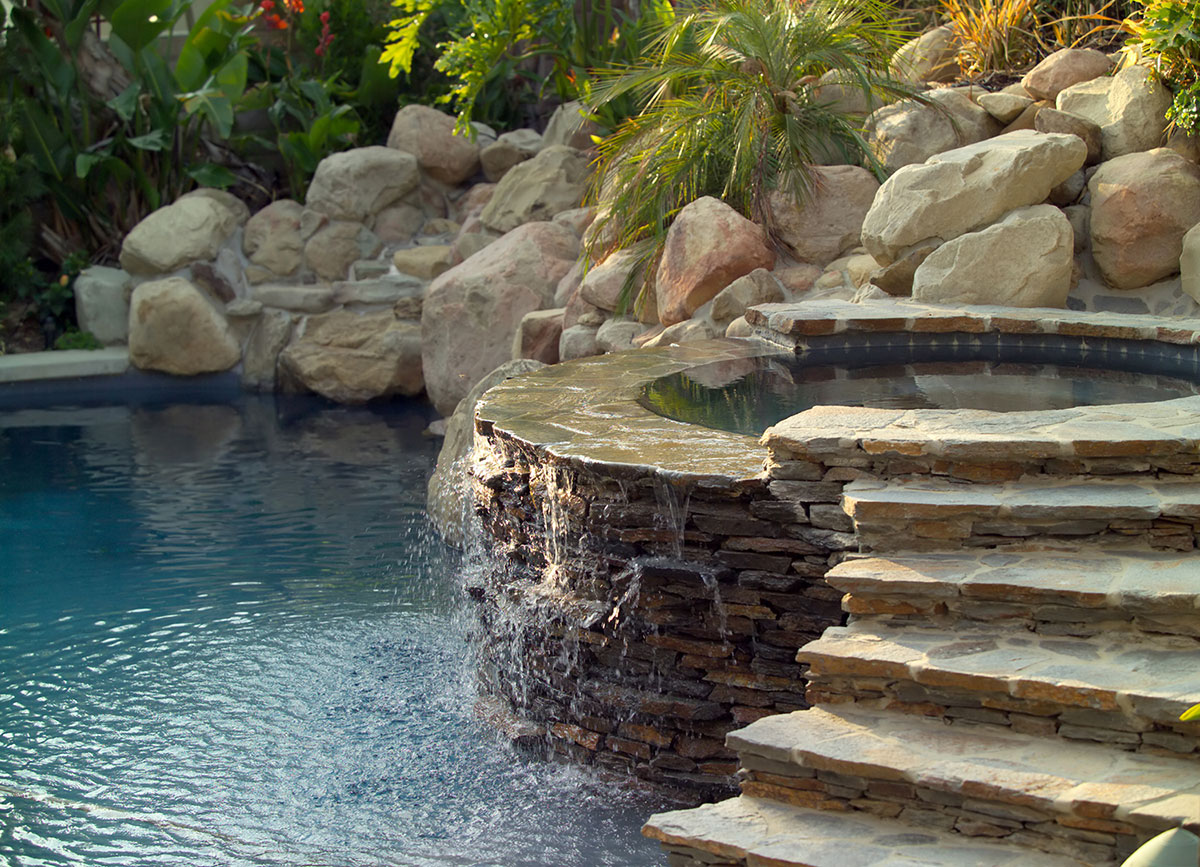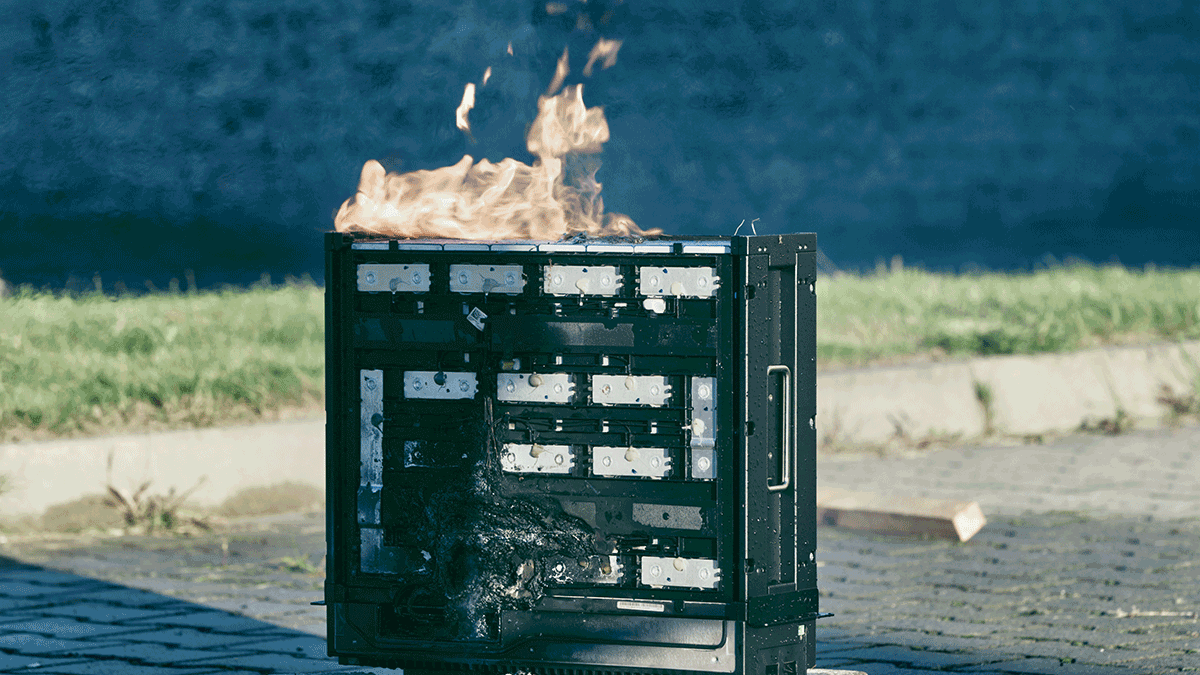Here are some tips on effectively assessing and mitigating ESD risks during swimming pool inspections and recommendations to pass on to pool owners.
By Jean-Pierre Boivin, P. Eng. Technical Oversight Specialist, Motors and Generators, CSA Group
Water safety is a topic addressed early in our lives. We may be well-versed in safe conduct in and around lakes, pools, and watercraft for the most part. We may also know that small electrical appliances aren’t friendly with water sources. Electrical safety around larger bodies of water, like swimming pools and lakes, however, is less prevalent in our minds as a critical risk.
Yet, according to the swimming pool electrocution statistics published by the U.S. Consumer Product Safety Commission, 33 people lost their lives, and 33 were injured due to pool electrocution between 2002 and 2018. (https://www.electrocuted.com/2021/04/20/swimming-pool-electrocution/)
This article offers tips on effectively assessing ESD risks during swimming pool inspections, mitigating those risks, and recommendations to pass on to pool owners. To help ensure public safety, we’ll also review the recently amended NEC regulations.
What is Electric Shock Drowning (ESD)?
Electric Shock Drowning (ESD) results from the passage of a typically low-level AC current through the body with sufficient force to cause skeletal muscle paralysis, rendering the victim unable to help himself/herself while immersed in fresh water, eventually resulting in the drowning of the victim. The majority of ESD deaths have occurred in public and private marinas and docks but can also occur in swimming pools. There is no visible warning or way to tell if the water is energized or will become energized within seconds with fatal electricity levels.
It is important for owners, swimmers, and electrical inspectors alike to consider the risks when inspecting or installing swimming pools near electrical equipment, wiring, or installations. The following factors are contributors to potentially harmful scenarios:
- Skin electrical resistance: In dry air, the human skin has a resistance that can vary but is in the region of 20kOhms. However, once in the water, the skin’s electrical resistance decreases drastically.
- Conductivity of water: The inside of the human body is composed of approximately 70% water, which is conductive.
Regulatory bodies have recognized the risks. Below we discuss the importance of electrical safety in and around swimming pools and the corresponding regulations of which electrical inspectors should be aware.
What should electrical inspectors be looking out for?
Swimming pool owners should have their eyes out for any potential dangers or incidences that may occur between the wiring and its proximity to the water, between electrical inspections. You can get electrocuted in a swimming pool as a result of: (1) faulty electrical wiring to pool equipment such as underwater lights, pumps, filters, and vacuums; (2) no GFCI protection for outlets and circuits; and (3) electrical appliances and extension cords entering the water. An annual inspection by a certified electrician who is familiar with the dangers of ESD, including National Fire Protection Association codes NFPA 303 and NFPA 70, is recommended. Though these codes focus on marinas, not swimming pools, the outcome can be the same. As is the case with all electrical inspections, inspectors should be seeking any damaged or faulty wiring. The Electric Shock Drowning Prevention Association says proper wiring with a ground-fault circuit interrupter (GFCI) is necessary to prevent a dangerous scenario. The devices turn off the power when electricity escapes into places where it can be dangerous. In addition, owners and inspectors should look for any missing or loose caulking because this can allow water to get behind the pool, hot tub, or jacuzzi walls, increasing the likelihood of contact with a live electrical component.
Updates to National Electrical Code Requirements
The lack of regular maintenance and annual testing of ground-fault circuit interrupter (GFCI) and ground-fault protection of equipment (GFPE) is another risk factor, even if periodic testing is a condition of use from manufacturers.
Updates to the NEC 2020 include:
- Article 90.2 (a) (5), Scope has been added to cover installations supplying power to ships and watercraft in marinas and boatyards, including monitoring of leakage current.
- Additional requirements for GFPE devices for each power outlet receptacle at 30mA (Article 555.35) and at the main supply of marina installations on feeder and branch-circuit conductors at 100mA (Article 555.35) have also been added. The change should help to reduce ESD in the future.
- One of the requirements for inground pools is the equipotential grounding of the structure for a uniform voltage gradient that can also provide a reliable return path. In the case of swimming pools, spas, and hot tubs, pump assemblies are required to be certified to CSA C22.2 No 108 -Liquid pumps for Canada, and in the U.S. to UL 1081 Standard – Swimming pool pumps, filters, and chlorinators.
NEC changes addressing ESD first appeared in the 2017 edition. Since then, requirements have been updated in the 2020 edition to include clear warning signs about the ESD risks (Article 555.10). In Canada, requirements for electrical installations in marinas and docking facilities are in the Canadian Electrical Code Part I, Section 78. Rule 78-050 requires that receptacles rated 125V, 15A, or 20A be protected by a Class A (5mA) GFCI. Rule 78-052 requires ground-fault protection at 30mA for feeders and branch circuits.
Pool pump designs and the UL 1081 and CSA C22.2 No 108 standards
Pool pump designs are constructed with features such as double insulation to limit electrical hazards. There are two provisions for grounding, one for equipotential bonding, which is located externally on the pump housing, and one on the regular bonding terminal in the supply box for electrical safety. Certified pump assemblies are constructed with insulated wet-end pumps. These are designed with a shaft seal that separates the electric motor compartment from the hydraulic end section, where the pump-turbine is located. In this configuration, the pump motor is always in a dry-end condition, including under fault or abnormal conditions. Similar designs are used in spas and hot tub pumps. Those pool pumps are certified to the UL 1081 and CSA C22.2 No 108 standards. Other essential requirements for installations include:
- Air clearances from pool structures. In the ideal situation, there should be no overhead conductors at all in the pool area. Both in the U.S. and Canada, Article 680.9 and 680.22 and Rule 68-054 and 68-066 require up to eight meters of clearance when conductors or luminaires are in the pool area.
- Equipotential bonding of inground pools. This requirement includes using listed connectors (from Article 680.26) to reinforce the steel bar in the swimming pool underground structure. This construction eliminates the voltage gradient in the pool area. These requirements are housed in Rule 68—058 in Canada and 680.26 in the U.S.
- Leakage current collectors. The leakage current collector permits the detection of a potential insulation failure or if there is a leakage current from electrical devices in contact with water. In Canada, the CE Code Part I Rule 68-406 requires field-assembled spas and hot tubs to be provided with leakage current collector devices in all water inlets and outlets. Factory-assembled units come already fully tested for continuity and insulation resistance. For safety reasons, field-assembled spas and hot tubs must meet the same safety requirements as factory-assembled units.
Pool installations in compliance with applicable codes and standards are essential to prevent ESD risk for pool users.
Pool safety: best practices for end-users
Each year, ESDs occur across North America in the vicinity of pools, indoors or outdoors, inground or above ground, including storable pools. The rules in NEC Article 680 also cover spas and hot tubs. The first rule in pool safety is generally to eliminate the presence of electrical equipment or limit it only to the essential equipment, like lighting, pool pumps, or water chlorinators, for example.
The National Fire Prevention Association (NFPA) offered pool swimmers and owners some tips. Among the suggestions, the group advises swimmers, that when they feel a tingling sensation, swimmers should stop swimming in the current direction immediately and move into a direction where they do not feel the tingling sensation anymore. Swimmers must exit the pool as quickly as possible and avoid using metal ladders or rails, as touching metal may increase the risk of shock.
The Canadian Red Cross adds that one should never jump in after someone who has fallen victim to ESD, as the helper may face a similar outcome. A recommended alternative is to try to retrieve the victim with an object that is non-conductible, like a reaching pole made of plastic or fiberglass.
Summer is the time of year to have swimming pool equipment, hot tubs, and spas inspected and then adequately maintained to ensure life-saving measures such as ground-fault circuit interrupter (GFCI) protection and all grounding and bonding systems are functioning correctly. If a swimmer uses a neighborhood or community pool, they should talk to the homeowner, association representative or pool manager to be sure they do regular inspections. (NFPA.org/watersafety). The NFPA went on to advise:
- Owners should have a qualified electrician periodically inspect and—where necessary—replace or upgrade the electrical devices or equipment that keep the pool, spa, or hot tub electrically safe.
- Owners should have the electrician show them how to turn off all power in case of an emergency.
- Pool owners should ensure that any overhead lines maintain the proper distance over a pool and other structures, such as a diving board. If there is doubt, the owner should contact a qualified electrician or the local utility company to make sure power lines are a safe distance away.
- If a new pool, hot tub, or spa is being installed, the owner should be sure the wiring is performed by an electrician experienced in the special safety requirements for these types of installations.
- Electrical appliances, equipment, and cords should be kept at least 6 feet away from the water.
The Canadian Red Cross suggests, when possible, installing plastic ladders in pools instead of metal ones.
The risks of electric shock drowning are clear. Electrical inspectors can help mitigate those risks, guided by current regulatory requirements. In your role, you are in the unique position to communicate the risks to pool owners, provide safety tips, and help to ensure public safety around pools.
References
[1] Electrical Construction & Maintenance (EC&M),
https://www.ecmweb.com/safety/video/20903650/nfpa-underscores-electric-shock-hazards-around-pools-and-marinas
[2] Electric Shock Drowning Prevention Association, Electricshockdrowning.org
https://www.webmd.com/first-aid/news/20190722/electric-shock-drowning-silent-killer
[3] The Canadian Red Cross,
https://www.redcross.ca/blog/2017/8/electric-shock-drowning-what-is-it-and-how-to-prevent-it
[4] Derek Vigstol, “Electric Shock Drowning (ESD):
A hidden killer,” National Fire Protection Association, NFPA Today, website, May 23, 2018
[5] Derek Vigstol, “Safeguarding Pool and hot tub owners from the hazards of electricity,” National Fire Protection Association, NFPA Today, website, May 23, 2018
[6] Daniel R. Doan, “Raising awareness about electric-shock drowning,” IEEE Industry Applications Magazine, vol. 26, issue 1, pp.5-6,68, Jan./Feb. 2020.
[7] Vesa Linja-aho, “Discussion of Examining the Risk of Electric Shock Drowning (ESD) as a function of Water Conductivity,” IEEE Transactions on Industry Applications, Vol 57, No 1, Jan/Feb 2021.
Copyright © CSA Group. All Rights Reserved.














Find Us on Socials